THE MAESTRO
 Ridwan Kamil
Ridwan Kamil
Principal Architect, PT. Urbane Indonesia | Indonesia
Like the legendary Dr Martin Luther King, Ridwan Kamil has a dream.
He dreams of making cities in Indonesia liveable and sustainable with “progressive design, green architecture, good business…and creative economy”, starting with Bandung, where his award-winning practice (Urbane) and grassroots programmes are based.
Like many green-conscious architects in Indonesia, Kamil is disappointed with the way cities in his country are built. “Most of the time cities are developed at a speed and [with an] attitude that ignore the balance with nature and insensitivity to the city’s own sociocultural value. Then I see how nature strikes back. Floods, acute traffic jams, homelessness that generates criminality, etc. Therefore sustainable development and green architecture is not an option. Designing and building our city in a sustainable and green way is a must.”
“I will not stop until this green and sustainable attitude becomes a norm in our way of designing and building our city.”
And it is this higher mission that drives him to be a green advocate, lecturer and writer.
In fact, Kamil has attained a somewhat rock star status in Indonesia. Fervent cheers and loud applause are not uncommon at his talks. He has become quite a familiar face on the conference circuit across his home country and the region, speaking passionately about sustainable building design.
Perhaps his popularity is also due to the fact that he genuinely cares for his community and wants to make a real difference to the people. Kamil started a grassroots organisation called Bandung Creative City Forum (BCCF) in 2008. BCCF aims to transform Bandung into a more liveable, sustainable and competitive city in Asia within the next five years by bringing together creative communities (it has 30 now) to nurture innovative entrepreneurship so as to boost the economy, and also to actively turn the city’s neglected urban spaces into usable and sustainable public spaces.
Considering the myriad issues and urban problems that “the government cannot handle”, such a grand scheme is no easy feat. However, Kamil remains undaunted and hopeful. “Forty percent of our programmes has been achieved without any support from the government; the rest of the programmes are in the negotiation stage with the city and provincial governments.” “If we succeed, then the Bandung model can be a good example to other cities in Indonesia. It is an example that the civil society movement can really transform the city into a liveable and sustainable future.”
“If we succeed, then the Bandung model can be a good example to other cities in Indonesia. It is an example that the civil society movement can really transform the city into a liveable and sustainable future.”
“I believe creativity can help me to be an agent of change.”
And changing cities is not the only thing this 2006 International Young Design Entrepreneur of the Year (British Council) wants to do—Kamil wants to transform the way the man on the street, rich or poor, thinks about architecture and design.
He sees two problems with the current status quo—on the one hand, there is the poor who lacks access to good design and resources, while on the other hand, the “newly rich society” with the resources “often dictates architects badly in the design process and business”.
“Therefore, the most difficult thing for me is educating my clients. It needs extra effort and energy.”
In tackling the problem of the poor, Kamil has set up a new arm in his firm called “Urbane Community” to assist poor urban groups help themselves upgrade their neighbourhood into a more liveable one. His practice is currently doing a project called “one village, one playground” in Bandung.
At the other end, in handling “difficult clients” who are wealthy, Kamil has ingeniously created a new way of “in design process called ‘visioning service’”. This service basically comprises a series of three to four meetings with the goal of “upgrading the client’s design taste” and influencing them with research and discussing examples of “best practices on green architecture”.
“All this is done before we start drawing a single line.” And with this ‘visioning service’, Kamil says that 80 percent of his clients have become more open to new ideas and excited about experimental design approaches as well as respectful of green concepts.
Besides enlightening his clients about sustainable and tasteful designs, this busy individual, who is also serving on the boards of several NGOs, is the mastermind designer behind numerous projects—from one of the most high-profile and biggest ones like the Rasuna Epicentrum in Jakarta to more intimate ones such as his own “Bottle House” in Bandung, which he often uses to showcase his green ideas.
Looking ahead, Kamil is confident that the future of green building in Indonesia will flourish.
“We are now at the stage of observing and digesting the issue. I believe in the next five years this will be booming, thanks to the establishment of the Green Building Council of Indonesia that will act as an entity to certify green buildings.”
© Copyright 2009 FuturArc. All rights reserved. Reproduction in whole or in part without permission is prohibited.



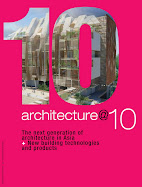
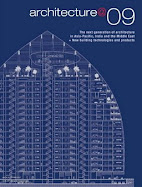

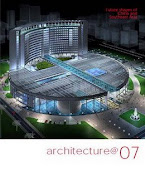


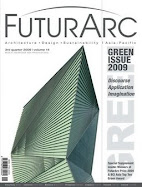



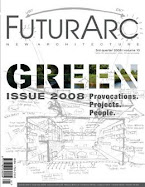








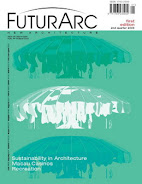



No comments:
Post a Comment